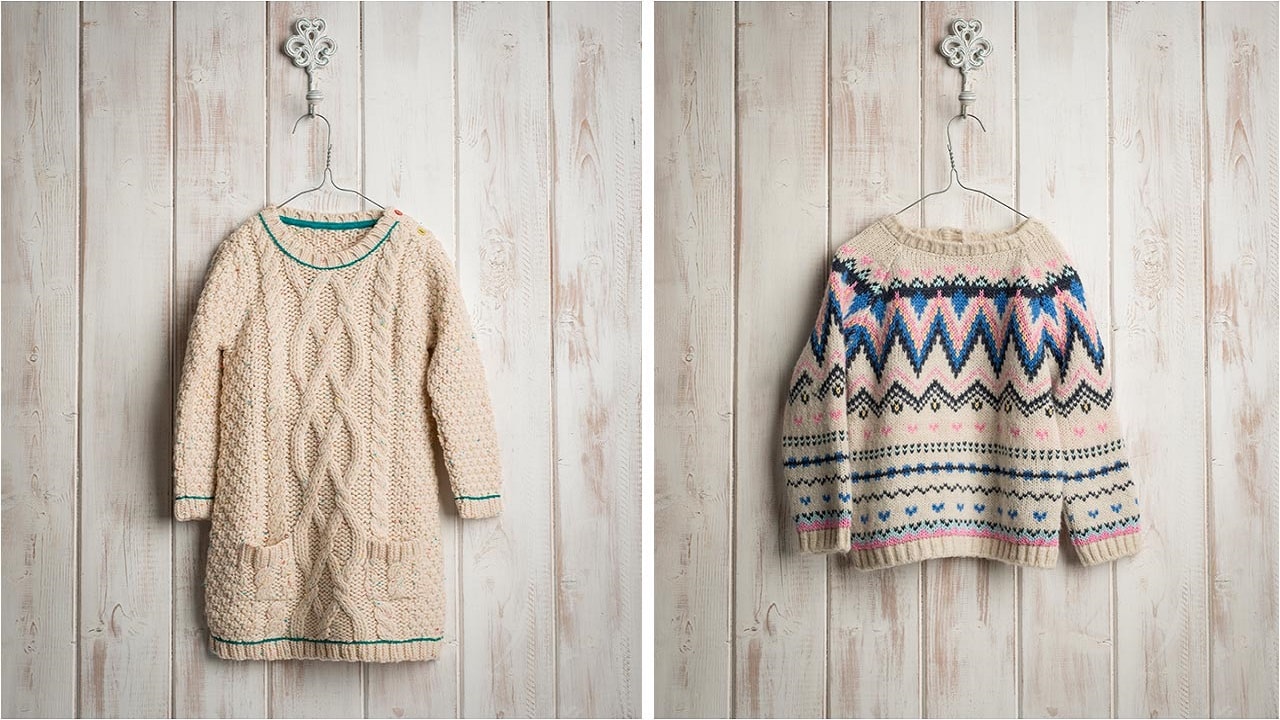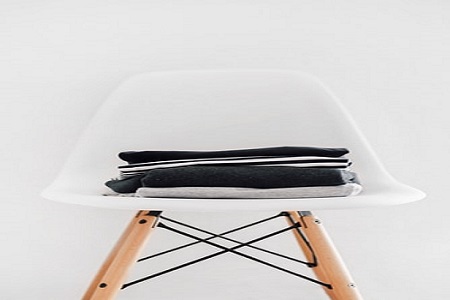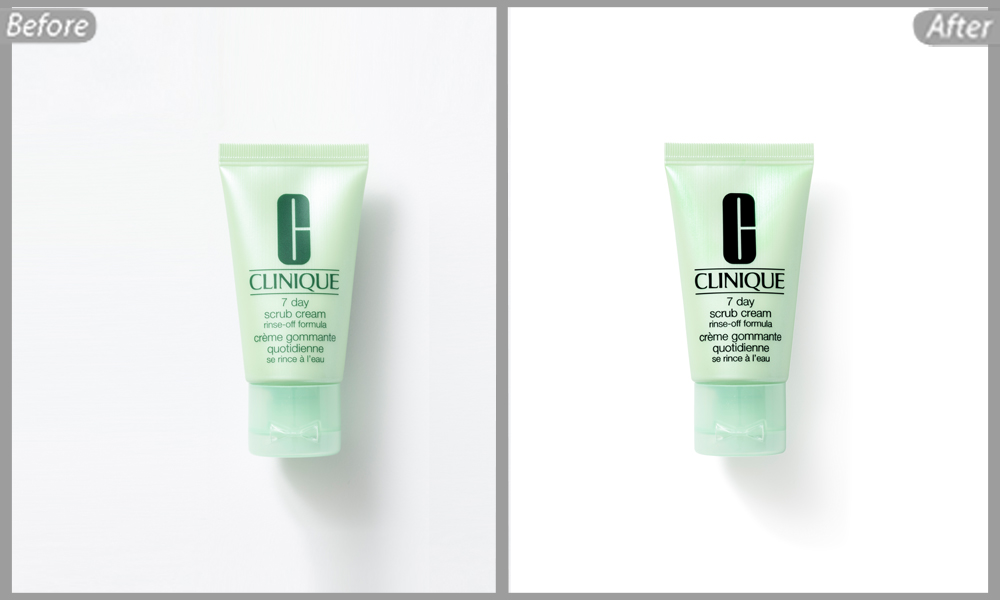
Six Important Tips for Clothing Photography (Part-2)
Clothing photography is a style of photography dedicated to the presentation of clothing and other fashion items. Clothing photography is mostly used for advertising or fashion magazines. Clothing has developed the aesthetic of photography, where clothing and fashion are enhanced by exotic locations or accessories.
Going forward without external lighting equipment? Read this article to build your own affordable photo studio with a limited budget.
This way you can learn how to take beautiful photos without the use of an external lighting kit. You will learn lots of photography stuff very fast, especially about your exposure settings. Why? Simply because you will experience continuously changing light conditions because of your rather limited setup.
For the sake of fairness, you will have to exercise a lot more patience with the settings of your camera. You are in fact subject to the natural light at the location of your setup. Obliged to really get to know your camera settings before great product images will emerge from your commitment.
TIP 3.2: Correct camera perspective
From experience, we know that far too little attention is paid to a correct camera perspective. A detailed positioning of your camera in relation to your mannequin is extremely important for a perfect result.
Depicted above, the mannequin is somewhat out of balance. A small angle according to the vertical axis exists. You could think that this is the problem we are facing, but it’s not. The camera angle is perpendicular to the mannequin and does not pose any problem for the perspective. A simple rotation during the post-processing will solve this instantly.
Below you can see the real problem that occurs when the camera angle is not perpendicular to the ghost mannequin. The green mannequin is positioned in the plane, but the red mannequins are not.

If the camera is also at the wrong angle, you will soon get the impression that the photo of the garment has been taken from an incorrect perspective. As if photographed from a frog or bird’s perspective. This has a lot of consequences for the post-processing of the images. A lot of extra effort with all kinds of photo editing services are now required to compensate for this wrong perspective. That is why it is highly recommended to take your photos perfectly frontal and avoid these wrong angles. A good solid tripod is certainly a must if you want a photo with a perfect perspective and thus reduce post-processing.
It is of course allowed and even recommended to rotate the mannequin around its vertical axis, as depicted below. That way you also consider the side and back of the garment so that more visual product information becomes available.
So long as the mannequin and the camera are perpendicular to each other, there is no problem whatsoever. It is even advisable to take several pictures of your clothing in this way. The camera always remains nicely in place and the correct perspective is always guaranteed because you rotate the mannequin only around its vertical axis.
TIP 4: Attention to Your Camera Settings for Clothing Photography
From the previous tips, it became clear that you should pay sufficient attention to your camera settings. Of course, you want everything more professional. Regrettably, neglecting your camera settings is not an option.
If you are a starting photographer with ambition, we advise you to invest in a basic DSLR (Digital Single Lens Reflex) camera and a suitable lens for product photography. Then you have the choice to make your photos in automatic mode or in manual mode on the camera. This last one is the only real option if you want to go up the learning curve and want to improve your photographing skills. You learn to take photos under different lighting conditions and initially avoid an expensive studio setup.
In manual mode, several settings can, of course, be configured. Starters sometimes get lost between all those buttons and settings. Therefore, start by reading this article about how to handle the main manual settings of your camera for product photography. You will notice that you have mastered the settings faster than expected.
In short, the following settings are discussed: ISO, white balance, aperture, shutter speed, light metering and focus. Once you have mastered these settings, you will be ready to professionalize. We are firmly convinced that by practising and always critically evaluating your photos, you will soon exceed the amateur level.
Better yet, you gain more and more knowledge about your hardware and in the meanwhile, you always improve your studio setup. You start using things such as a lighting kit, reflection panels and a grey card.




